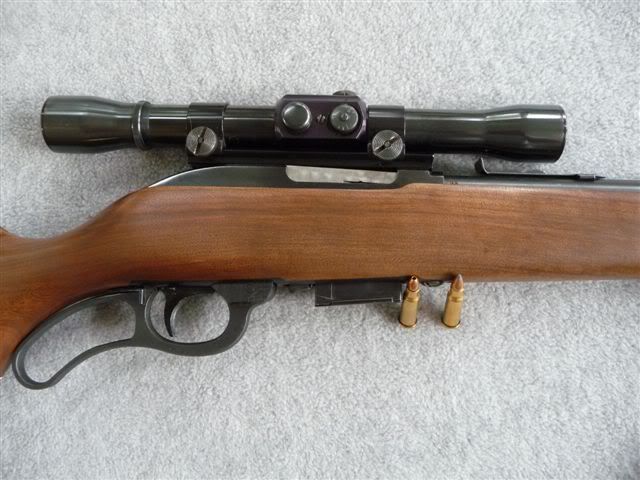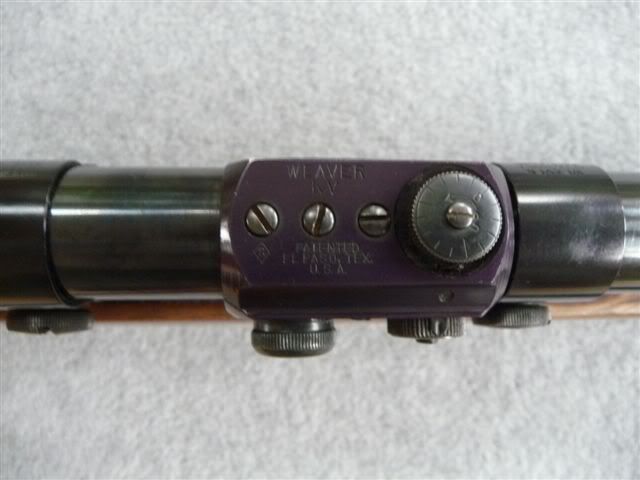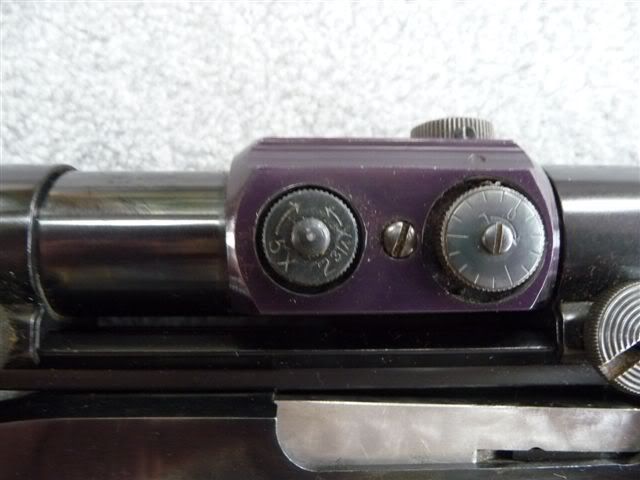MGT,
By 1965 Weaver made some bad choices with regards to plastics. They used it fist of all, in their new "C" series of 3/4" tubed rimfire scopes. The eyepeice and objective bells were plastic as well as the turrets, covers and even some lenses inside..On a cheap rimfire scope, that's one thing.The problem is, Weaver starter using plastic for the lense cell holders(end caps) on their centerfire "K" series scopes starting in 1965 with the K-"C" scopes.
BAD MOVE.

From 1965 to 1972 , Weaver made several "marks" of K series scopes the were marked K4-C E F G etc as time went on. Optically, those late 1960s Weavers were fine- the problem was in cold weather the lense cells had a tendency to chip and or crack which compromised the fog proofing.
Failures due to the plastic parts gave Weaver the permanent stigma of merely being a "cheap" scope when compared to the by then "upscale" brands of Redfield and Leupold.
Weaver went to ALL steel construction by 1973, but by then, the damage was done...
Did Weaver ever use plastics lens (internal or extrenal) for the K series scopes? If so, what range of years.
Did Weaver ever use plastic lens holders for the "internal" erector optics for the K -series? If so, for what years?
Did Weaver ever use plastic erector tubes for K seres? If so, for what years?
Also, you sometimes use the word "lens cell" but then say "lens caps". Please accurately describe what you mean but "lens cell" and diffference between "lens cap" so that there can be no confusion. For all I know, your lens cap is just a scope dust cover!
Here is what I think your trying to say. For the K series scope, the objective lens is glass. It rides inside a metal lens carrier (lens cell). The lens carrier screws inside the front metal bellow tube, and can be adjusted to change the focus/parallax of the scope to 100 yards for example. The lens carrier has a retainer ring (lens cap, dew cap, whatever) that screws onto front of lens carrier. This retainer ring (lens cap, dew cap, whatever) does several things, it provides a lock so that the lens carrier does not loosen and the o-ring seals are maintained, it provides a small amount of protection space to minimize the lens hitting anything, it can provide a minimal amount of flare reduction from external light, and it provides an outer surface for the dust covers to attach to. This retainer ring (lens cap, dew cap, whatever) is made of plastic on some 60s and 70s K series scopes, and they sometimes crack in field use. Once the retainer ring (lens cap, dew cap, whatever) is broken, the lens carrier is exposed, and can loosen. Furthermore, the o-rings might also be exposed, or at the very least, subject to exposure if the lens carrier is accidently loosened, or the elements (water and dirt) start to seep into the lens carrier threads and eventually penetrate the o-ring seals. I am making some assumptions on how the lens carrier attaches to a Weaver, as well as o-ring location, and there is at least one other way they can attach, that eliminates the outer retainer ring and replaces it with an inner retainer ring.
Is everybody confused now?
Thanks for info.









